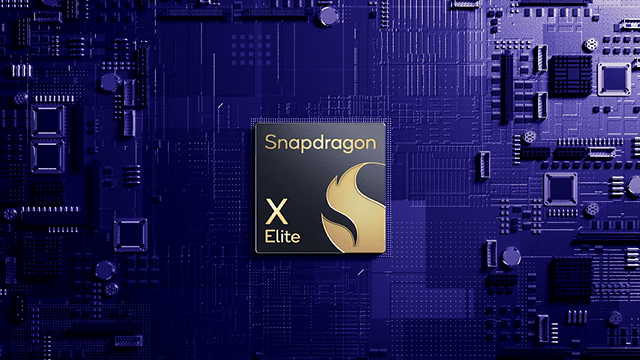The initial shipment of laptops featuring the Snapdragon X Elite began in June this year. This ARM-based chip differentiates itself from Intel processors mainly due to its exceptional power efficiency. This efficiency translates to extended battery life and enables manufacturers to create thinner and lighter devices since less cooling is required.
Qualcomm’s Bold Claims
Despite starting with ambitious efficiency promises from Qualcomm and ending with favorable reviews on battery longevity, there has been limited detailed information available about the chipset until now. Recent developments have unveiled kernel images and the module distribution map of the Snapdragon X Elite, allowing for a comparison with the Apple M4, revealing some intriguing insights.
Size and Transistor Density
The Snapdragon X Elite is only marginally larger than the Apple M4. Its core area measures 169.6 square millimeters, closely matching that of the Apple M4. However, the Snapdragon chip utilizes TSMC‘s 4nm process, while the Apple M4 is manufactured using a 3nm process. This means the Apple M4 can accommodate more transistors per square millimeter than the Snapdragon X Elite. Generally, as manufacturing processes shrink, the space between transistors decreases, enabling a higher transistor count in the same die area. Thus, the Apple M4 is expected to deliver better performance and energy efficiency compared to Qualcomm’s chip, although the performance disparity does not appear to be substantial.
Performance Influencers
While transistor density plays a crucial role, other elements such as architecture, design choices (like the number of CPU cores, cache sizes, and clock speeds), and optimization also greatly influence performance outcomes. For example, the design of individual cores and the integration of AI accelerators are essential factors to consider.
CPU and GPU Specifications
The Snapdragon X Elite features up to 12 Oryon architecture CPU cores, dubbed Phoenix, with each core occupying a single area of 2.55mm². This size is slightly less than the performance core of the Apple M4, which is 3mm², and matches the performance core of the A16. Each core includes 192KB of L1 instruction cache and 96KB of L1 data cache, while every four cores share a total of 12MB of 12-way L2 cache (36MB combined), with a single group area of 6.1mm².
In contrast, the Adreno X1 GPU in the Snapdragon X Elite is only 24.3mm², making it 25% smaller than the GPU in the Apple M4.



